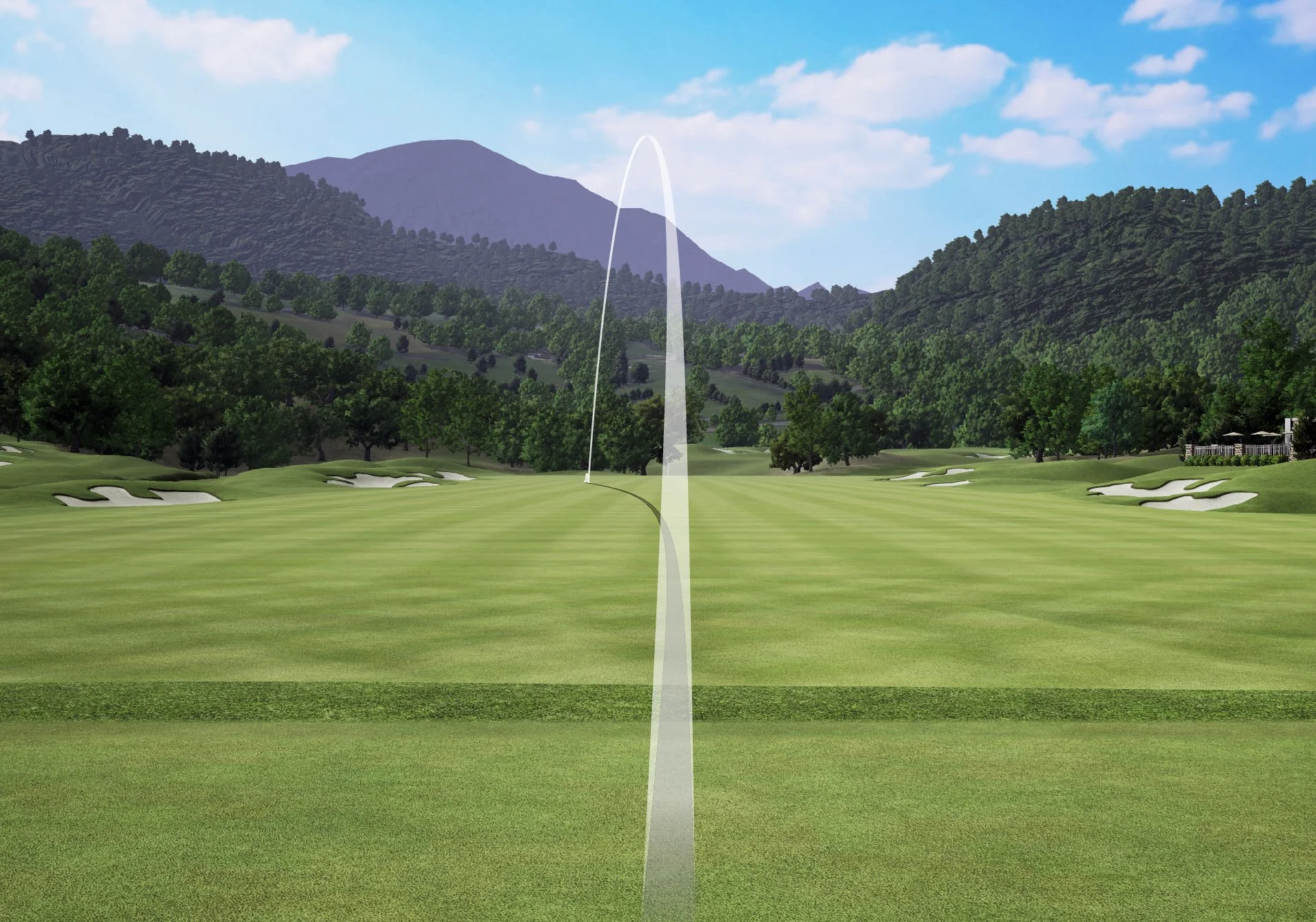A huge key to unlocking your potential in your golf swing right here.
If you slice, you need to be aware of this
The best swing tip you need to avoid hitting the dreaded shank!!
Video Sponsored by……
Hot Tub Studio is a family run Jacuzzi® hot tub and swim spa dealer who have been serving their customers since 2004. They have a reputation for being honest and offering excellent customer service. With extensive industry knowledge, they can help with servicing, repair and even fitting air source heat pumps.
If you do this with the driver this could be why it's going wrong
This is why 90% of golfers can't hit the driver straight
Rescue clubs.... how do you use them
Game changer move for your swing
How to play swing the golf club in the wind
The MAGIC move in golf!
Amateur golfers should do this, but usually don't
The simplest golf swing tip you've ever heard
The biggest myth in golf...... BUSTED
The best way to tackle sloping lies on the golf course
The key to holing more putts
The golf tip all golfers need to know
You MUST do this to correct your slice
Training Aid review - Talon by Ojee Golf
It’s the holy grail of the game of golf….. to earn consistency and repeatability. The times we have all heard how the average club golfer wants to be as consistent as possible.
I’ve never really been a fan of the word consistent, purely down to the fact I didn’t feel it was achievable in a game full of variation.
However, there is one training aid that has hit the market to help every level of golfer achieve a level of repeatability within the set-up. The set-up being a crucial area to anyone seeking a high probability of repeating quality golf shots.
Meet ‘TALON’ from Ojee Golf
With the tagline ‘Perfect You Golf Set-Up’ it is one of the only training aids on the market that can boast this line.
How it works?
To put it very simply, Talon measures your spine angle, shaft angle and face position at address in degrees to help repeat the same set-up with every club.
I have to admit, at first, being a slight layman when it comes to fixing things (I need all the help I can to build Lego) I found it slightly fiddly to place on. With a little extra look at the instructions and a ‘eureka’ moment this dunce managed to fix the product safely on.
It comes with two main elements……. The main product which fits onto the butt end of the club, distributing the numbers showing shaft angle, spine angle, the Ojee number (the difference between spine angle and shaft angle) and the face angle, whether its closed, open or square.
The second element is the belt with a remote-control style product that fits snugly into the belt that measures your spine angle, then giving the numerical value in degrees to the main product attached to your golf club.
It is extremely simple to use with easy to understand guidelines in the instruction book to see what sort of angles you need to try and achieve.
What I also like is it is brutally honest. As everyone is different, by different I mean physiologically, motor patterns and various ways in reaching impact, it does suggest see your local pro to ensure you are reaching your ‘angle goals’. Like any training aid out there, the average golfer will need expert advice to gain maximum advantage out of the product.
Is it Different?
In a word, yes. There are a few ways you can check your face angle manually at address for example. One of the most popular is sticking a magnetic rod on the face of the club which enhances the visual from the golfers perspective as to where the face is initially pointing. However, this method is slightly old hat and not quite keeping up with technology that can make it easier to know numerically where the face is actually pointing.
Shaft angle is also important to know and very difficult to discover. Trackman has an advantage as that can measure your shaft angle at impact, but feel free to spend in excess of £20k for one of their units to gain this information.
Overall, the goal of a training aid should be two fold………one, to make the game simpler for the user and two, to give them necessary information to help them improve on some scale. I think this ticks both boxes very nicely.
Angle of Attack!
When I ask children I teach at Whittlebury Park and at local schools what they think Angle of Attack means, they come out with some classics. ‘How to attack your opponent’ was one response. ‘Is it something to do with fishing’ was another.
I don’t expect kids new to the game to understand what angle of attack is but I believe it’s very important that experienced golfers wanting to improve understand the concept and importance of this. Get it right and it will help you strike the ball as well as you can and as efficiently as you can. Get it wrong and you could be hitting your driver the same distance as your 6 iron.
But what does it mean?
The angle of attack (or angle of approach it has been known as) is the vertical angle of the clubhead compared to the ground. Get the angle of attack wrong and you could be hitting fat or thin irons, with the driver you could be topping or ‘skying’ (popping up) the driver. All destructive shots and all very common mistakes in amateur golfers, sometimes occurring in professionals, albeit very rarely.
But what is the correct angle of attack and how do I achieve it?
This depends on what club you’re hitting. For an iron, the club needs to hit downwards to ‘pinch and collect’ the ball from the surface (only slightly………3 degrees down being a good number) with the driver ideally requiring an upward angle of attack due to the fact it is sitting up on a tee and has the 2nd lowest loft of any club in the bag (behind the putter). An upward angle of attack with a driver will help you launch the ball higher and lower the spin rate, leading to longer drives. For example, a player who swings the driver at 75 mph and hits down by 5 degrees can achieve a driver potential distance of 178 yards. A player who swings the driver at the same speed but hits UP by 5 degrees can achieve a potential distance of 199 yards due to higher launch and less spin being imparted on the golf ball.
I see too many higher handicappers hit down with the driver, usually resulting in the 3 wood or even some irons going further than the driver and questioning the need to use a driver.
The most effective way of hitting up on the driver and hitting down on a driver lies in the set up. For the driver, to hit more up on the ball, tilting the spine AWAY from the target (giving the impression and feel the right shoulder is lower than the left for a right-handed golfer). This will help the club move in more of an upward direction, enabling the low point of the golf club to be slightly before striking the golf ball, then the club has no choice to move upwards.
For the iron, to be able to hit downwards, is the opposite. The trick is to lean SLIGHTLY (I emphasise the word ‘slightly’) towards the target, with the handle of the golf club ahead of the ball at impact.
The Practice Swing - Whats the Point?
If I had a penny for everyone who has said to me ‘Richard, my practice swing is superb, it feels great, but when I get up to the ball and take a swing, it feels completely different’, I’d be well on my way to the Seychelles and retiring with a lot of money in the bank!
It’s true, more often than not practice swings do feel better than your actual swing. How could this be though if both swings were performed very closely in time to each other? There is a simple explanation to this very common of quandaries………… there is no consequence to the practice swing! If we make a bad practice swing, we don’t have the consequence of losing the ball, we don’t have the consequence of possibly hitting a bad shot, we’re just simply swinging the club with nothing in the way. It’s purely based on aesthetics, the way the swing looks and equate it to being a good shot. When we get to the ball however things change. There is a little white ball in front of us that we have to somehow manoeuvre from point A to point B with, more often than not, some hazards in our way. The conscious brain then switches on to try and help us avoid these hazards, we become more ‘aware’ of the swing and hey presto, we don’t feel the swing to be anywhere near as fluid a motion during the actual striking of the ball compared to the practice swing.
In my experience, the best way whenever a golfer has mentioned this to me I have dealt with it is purely to let them feel the fluidity of the practice swing during the course of the golf shot and letting the ball get in the way of the swing, just like we let the ground get in the way of a free-flowing motion of the practice swing.
Don’t try and copy your positions in the practice swing, practice the fluidity you feel in it.










